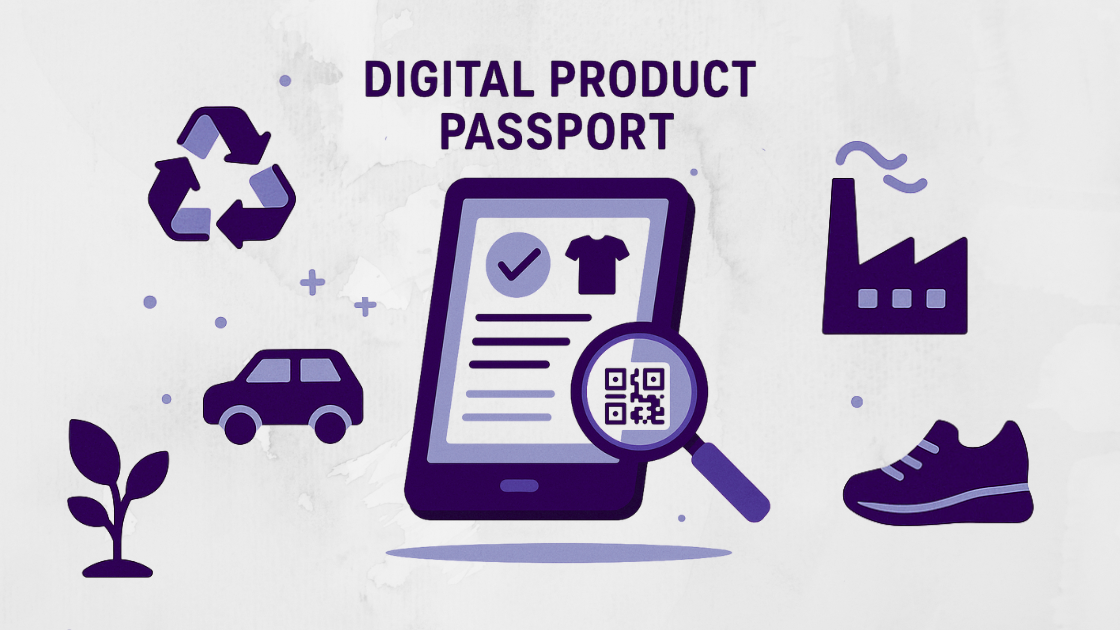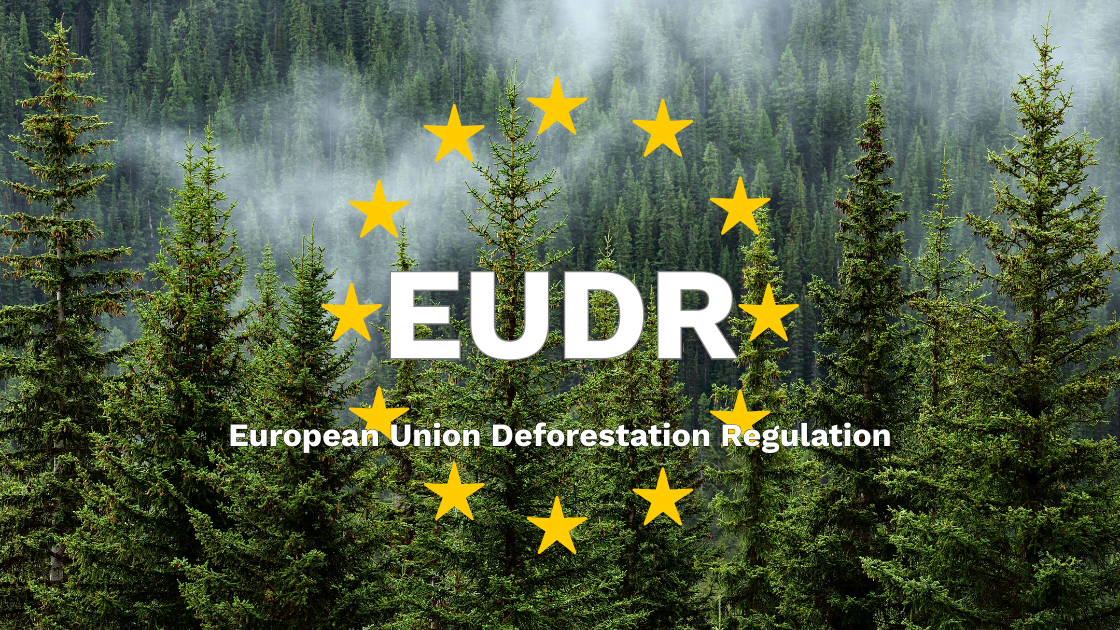ESRS, IFRS, and GRI untangled: Navigating the jungle of sustainability reporting
Recently, the European Commission adopted the European Sustainability Reporting Standards (ESRS). This clarifies the information that companies falling under the Corporate Sustainability Reporting Directive (CSRD) will have to provide. This is an important step towards transparency and accountability in the field of sustainability.

With the new ESRS, you, as an entrepreneur, might feel overwhelmed by the wealth of new regulations. In this blog, we'll discuss the ESRS and how it relates to two other key sustainability reporting standards: the International Financial Reporting Standards (IFRS) and the Global Reporting Initiative (GRI).
What are ESRS and Why Are They Important?
The ESRS was developed by the European Financial Reporting Advisory Group (EFRAG) and consists of twelve standards divided into four categories:
- General
- Environmental
- Social
- Governance
These standards are designed to assist companies in reporting their sustainability efforts. They are particularly crucial because they provide a uniform framework for measuring and reporting sustainability performance, essential for creating a level playing field in the market and increasing transparency.
Double Materiality: A Key Concept
One of the core concepts of the ESRS is 'Double Materiality'. This means that the standards not only look at the company's impact on the environment (inside-out) but also how these aspects can affect the company itself (outside-in). For example, if you run a transport company and aim to reduce your CO2 emissions, the ESRS can help you measure your emissions precisely. You can then take concrete steps, such as switching to electric trucks or implementing a more efficient logistics system.
How Does ESRS Compare to IFRS and GRI?
IFRS
The IFRS is a set of international reporting standards mainly focused on financial materiality, designed primarily for investors and other financial stakeholders. Although IFRS and ESRS are as closely aligned as possible, there are key differences. One of them is that IFRS mainly focuses on financial aspects, whereas ESRS covers a broader range of sustainability aspects.
GRI
Like the ESRS, the GRI focuses on a broader range of sustainability aspects. The GRI and ESRS are aligned as closely as possible, especially concerning the concept of impact materiality.
What Does This Mean for You as a Business Owner?
While SMEs are not yet subject to the CSRD, it's good to be aware that you might receive questions from your supply chain relating to the ESRS. If you're already reporting under one of these standards, the information likely falls under another standard as well. Additionally, the EFRAG is currently developing a version of the ESRS tailored for SMEs.
How Can Eevery Help You?
At Eevery, the GRI is already fully integrated into our platform. Due to the close collaboration between EFRAG and GRI, our platform can already help you substantially with reporting under the ESRS. We are currently working on integrating ESRS into our platform and will include mapping between ESRS and GRI as well.



